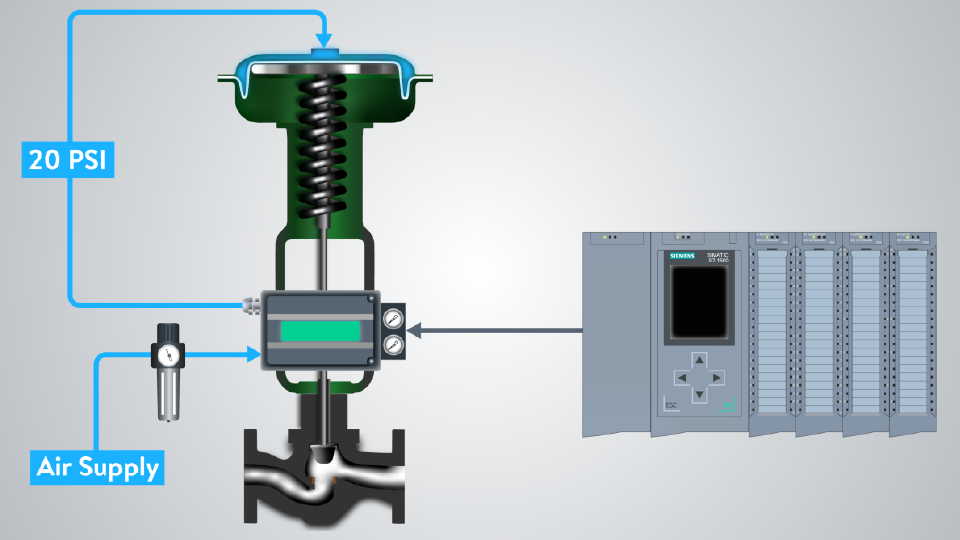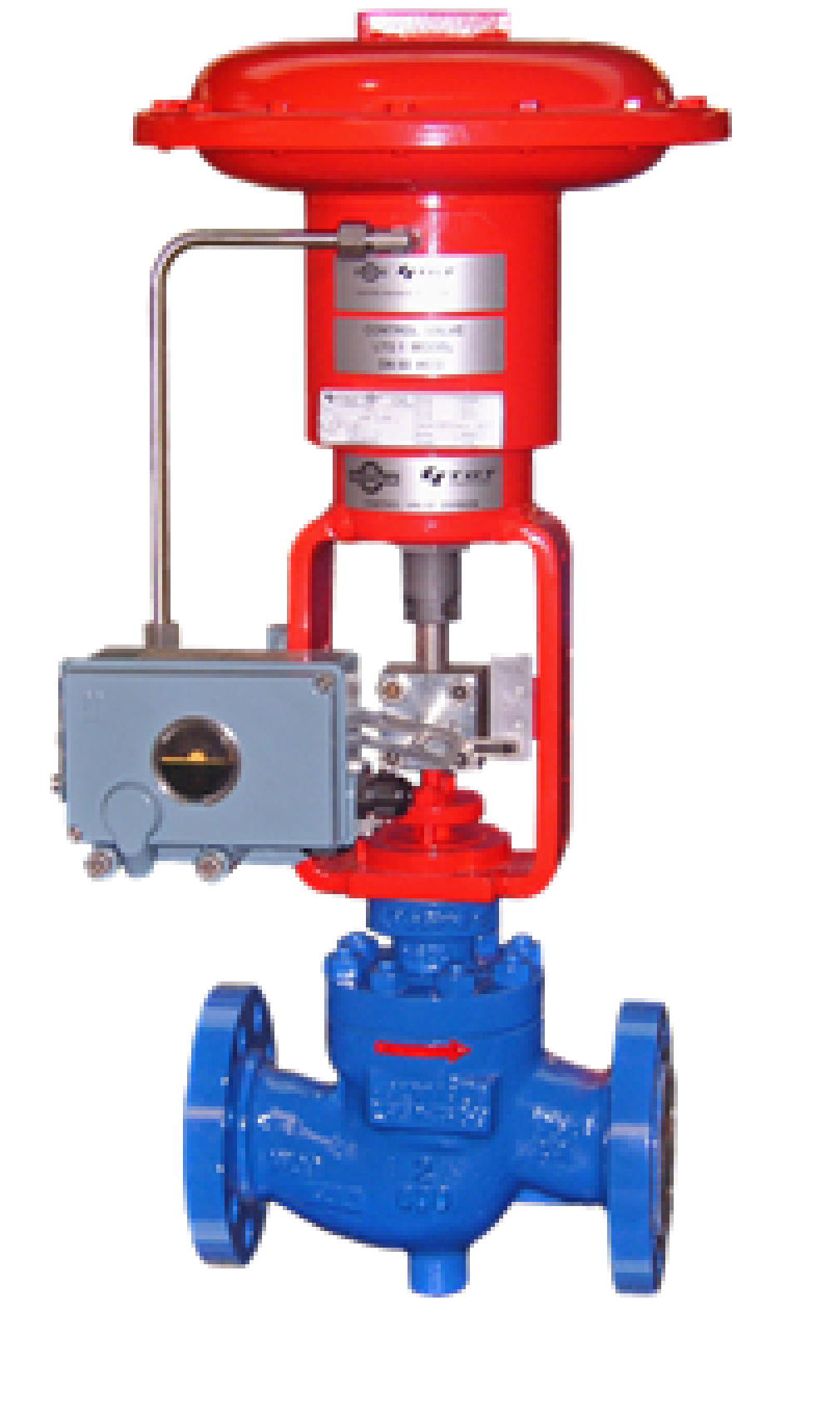Enhancing Operational Efficiency with Advanced Control Valves
Enhancing Operational Efficiency with Advanced Control Valves
Blog Article

Maximize Energy Cost Savings and Comfort With Advanced Structure Automation Controls
In the world of modern-day style and center management, the integration of innovative building automation controls stands as a crucial innovation. The convergence of technology and sustainability has actually birthed a new era where power efficiency, convenience optimization, and functional streamlining are no more remote ambitions however achievable truths. By using the power of automation, structures can adapt, respond, and advance in methods that were once unbelievable. The capacity for substantial energy savings and improved convenience is not just a pledge but an opportunity waiting to be fulfilled. This paradigm change in structure management holds the vital to unlocking a globe where environmental conscientiousness and occupant well-being harmoniously coexist within the walls of our structures.
Power Efficiency Perks
Power performance benefits can substantially reduce energy intake and operational expenses in structures. By implementing energy-efficient methods and technologies, structure proprietors and operators can attain significant cost savings while also adding to ecological sustainability. One of the key benefits of improving power efficiency in buildings is the reduction of utility expenses. Energy-efficient systems, such as innovative building automation controls, can maximize using sources like lights, heating, and cooling, causing reduced energy expenses over time.
Moreover, boosted energy efficiency can lengthen the life-span of structure tools and systems. By running extra successfully, a/c systems, light, and various other building parts experience much less damage, causing minimized maintenance and substitute prices. Furthermore, energy-efficient buildings frequently command higher property worths and rental prices, giving long-term financial advantages to owners.
Furthermore, energy performance can enhance resident convenience and efficiency. Correctly managed indoor settings with optimal illumination and thermal conditions develop an even more enjoyable and favorable office, leading to boosted employee satisfaction and performance. On the whole, the power efficiency advantages connected with advanced structure automation controls are complex, incorporating expense savings, ecological stewardship, and owner health.
Boosted Comfort Control
Enhancing convenience control in building atmospheres calls for a sophisticated combination of innovative automation systems for optimum occupant well-being. By utilizing advanced structure automation controls, centers can customize the interior environment to meet the specific needs and preferences of passengers. control valves.
By incorporating these sophisticated controls, structures can not only improve convenience but likewise boost energy performance by optimizing system procedures based on actual tenancy and usage patterns. Eventually, prioritizing resident convenience through sophisticated automation systems leads to a more satisfying and much healthier indoor atmosphere.
Operational Efficiency Improvements

Furthermore, the execution of real-time monitoring and analytics tools makes it possible for building operators to recognize power ineffectiveness and functional anomalies without delay. By constantly keeping track of energy usage patterns and system efficiency metrics, adjustments can be made in real-time to maximize energy usage and guarantee peak functional effectiveness. control valves. Additionally, including need response methods right into building automation controls can even more boost operational effectiveness by dynamically adjusting energy use based on grid conditions and pricing signals
Indoor Climate Optimization
Reliable indoor climate optimization is an essential aspect of structure automation controls, ensuring occupants' convenience and health while making the most of energy savings. By utilizing advanced sensors and controls, building automation systems can continuously keep an eye on and adjust temperature level, humidity degrees, air quality, and air flow to create an optimal indoor environment. Keeping consistent and comfy problems not only boosts occupant complete satisfaction however additionally enhances efficiency and general health.
Interior environment optimization additionally plays a crucial function in energy effectiveness. By fine-tuning air conditioning, home heating, and ventilation systems based on real-time data and occupancy patterns, constructing automation controls can substantially lower power consumption - control valves. pop over to this web-site For example, implementing strategies such as demand-controlled air flow and thermal zoning can help lessen power waste while making certain that each area of the structure receives the required conditioning.

Sustainable Setting Creation
Building automation controls not just enhance indoor environment conditions for power effectiveness and passenger comfort yet also lay the structure for producing a lasting setting via strategic administration of resources and systems. By incorporating innovative structure automation innovations, such as sensing units, actuators, and intelligent software application, centers can readjust and keep an eye on power usage in real-time to minimize waste and minimize their carbon impact. These systems allow predictive maintenance, determining prospective problems before they intensify and enhancing devices performance to boost longevity and efficiency.
Additionally, lasting atmosphere creation extends past power administration to include water preservation, waste reduction, and indoor air quality improvement. Building automation controls can control water usage, identify leakages, and ensure appropriate waste disposal techniques, contributing to total sustainability efforts. In addition, by keeping an eye on and regulating air flow and filtration systems, these innovations improve owner health and productivity while reducing energy intake connected with HVAC operations.
Final Thought
Finally, progressed structure automation manages offer considerable advantages in terms of energy financial savings, comfort control, operational performance, interior climate optimization, and creating a lasting atmosphere. By executing these controls, structures can achieve ideal performance while lowering power intake and improving passenger convenience. It appears that making use of innovative automation innovation is essential in improving building performance and producing a much more sustainable future.
Energy performance advantages can dramatically go to website minimize power usage and functional prices in buildings. In general, the power efficiency benefits linked with advanced building automation controls are diverse, encompassing cost savings, environmental stewardship, and passenger well-being.
Additionally, incorporating demand feedback techniques into structure automation controls can better enhance functional efficiency by dynamically adjusting energy usage based on grid conditions and rates signals.
Building automation manages not just maximize interior environment problems for energy performance and resident convenience yet likewise lay the foundation for producing a sustainable atmosphere through tactical management of systems and sources.In final thought, progressed structure automation manages offer significant benefits in terms of power cost savings, comfort control, functional effectiveness, interior environment optimization, and developing a lasting atmosphere.
Report this page